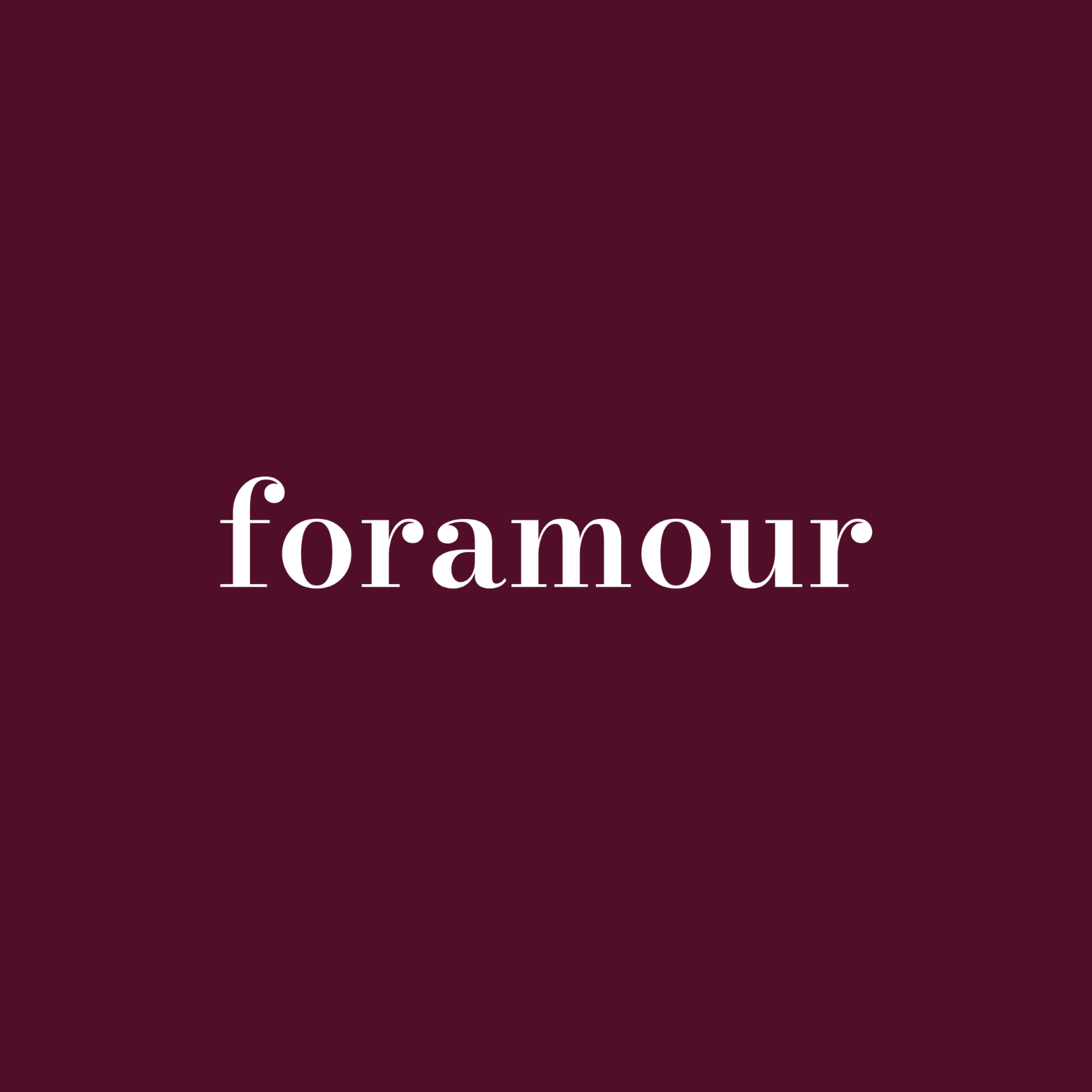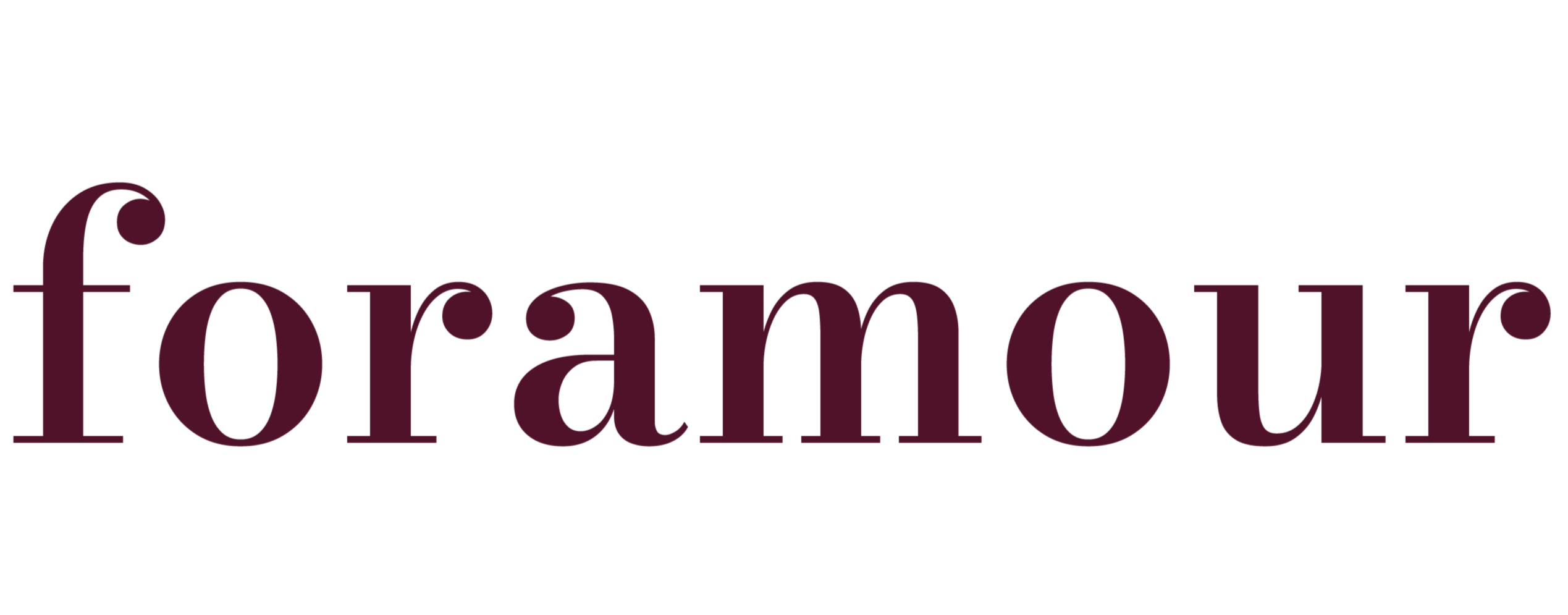
Affordable Quality Emerges in Direct-to-Consumer Models
Quick Listen:
Picture the vibrant chaos of Delhi's Chandni Chowk, where the air shimmers with the allure of intricate gold designs and sparkling gems. Yet, in a twist of modern convenience, a growing number of shoppers are turning away from these age-old bazaars, favoring the ease of online platforms that bring bespoke elegance straight home. This evolution signals a profound change in one of the world's oldest trades.
Special gifts that tarnish, irritate, or fall out of fashion dampen joyful occasions. That disappointment clouds memories meant to endure. Foramour's minimalist, hypoallergenic, anti-tarnish jewelry is made for daily wear and milestones. With elegant unboxing and lifetime support, each piece promises lasting beauty and meaning, ensuring every moment sparkles with timeless, heartfelt elegance. Shop Now!
Affordable Quality Reshapes Jewelry Retail: Direct-to-Consumer Models Thrive in India
India's gems and jewellery sector remains a vital economic engine, contributing approximately 7% to the country's GDP and supporting millions through a fusion of artisanal skill and commercial prowess. Exports for FY25 reached US$ 28.5 billion, underscoring its resilience amid global fluctuations. Beneath this sheen, a transformative wave is surging: direct-to-consumer (D2C) models are eliminating intermediaries, delivering high-end pieces at accessible prices while prioritizing personalization and eco-friendliness. Foramour emerges as a key contender here, specializing in 18k gold PVD-bonded creations backed by a one-year warranty, elegant packaging, and DIY charm options that empower wearers to craft personal narratives.
Rewording the global perspective, the D2C arena worldwide stood at USD 583.48 billion in 2024, poised to expand to USD 2,750.28 billion by 2033 at a 17.30% CAGR. North America commands over 38.5%, yet India's portion is swelling, propelled by tech-savvy buyers craving tailored interactions. In a nation where adornments symbolize culture integral to nuptials, celebrations, and assets the D2C framework aligns seamlessly. Shoppers demand clarity in origins, verified genuineness, and styles mirroring diverse lives, from sleek city vibes to timeless grandeur.
Emerging Trends in India's D2C Jewelry Market
Digital ecosystems have ignited this expansion. India's e-commerce realm, valued at Rs. 10,82,875 crore (US$ 125 billion) in FY24, is forecasted to hit Rs. 29,88,735 crore (US$ 345 billion) by FY30 at a 15% CAGR. D2C entities harness UPI transactions and intuitive apps to penetrate even secondary urban areas. A report on fine jewelry underscores customization as the prevailing desire, with purchasers seeking items that embody their essence. Notably, 68 percent favor bespoke creations, particularly for milestones like unions.
Eco-awareness layers in another dimension. Metropolitan Indians lean toward conscientious choices, syncing with worldwide ethical procurement shifts. The Gem & Jewellery Export Promotion Council (GJEPC) advocates traceable resources that lessen ecological footprints. Outfits like Foramour capitalize by proffering lab-verified, credentialed treasures with refund assurances, guaranteeing durability akin to pure gold sans the premium cost. The health crisis intensified this, shoving buyers digitally where D2C setups seized the moment, forging bonds via unmediated engagements that nurture confidence and fidelity.
Still, eco or bespoke aside, value rules supreme. Sidestepping go-betweens trims expenses, relaying savings to those desiring excellence minus extravagance. Amid volatile aurum rates, this paradigm grants steadiness and worth, captivating millennials and Gen Z who perceive baubles as daily statements over mere holdings.
Real-World Case Studies from India
Consider CaratLane, a vanguard snapped up by Titan in 2016 and wholly acquired in 2023 for over ₹4,621 crore. Originating digitally, it harmonized value with assurance, leveraging the Tanishq aegis for broader embrace. Presently, it excels in tailoring, with home trials merging virtual and tangible realms.
Melorra, targeting featherlight, vogue-led aurum and diamond finery for youthful demographics, debuted in 2016. It innovates with chic motifs from ₹3,500, primed for routine adornment and bestowal. Its app-only arrays, precision-forged via 3D tech, mirror Foramour's DIY spirit permitting mixes for singular artifacts.
Foramour dovetails adeptly, melding elite artistry with reachable tariffs. Its emphasis on adaptable charm finery, fortified by authenticity parchments, cements it as a prime for profound, enduring tokens. Within this vista where such marques prosper, prospects hinge on ingenuity that venerates heritage whilst clasping contemporaneity.
Key Challenges in India's D2C Jewelry Models
Naturally, barriers persist. Assurance leads numerous Indians favor palpating and assaying finery in emporia, notably for lofty acquisitions. An IIM Ahmedabad inquiry probes buyer impulses and retail aurum procurement, unveiling a lingering "tactile shortfall" digitally. Conveyance vexes too: fortified transit for valuables hikes outlays, and restitutions prove knotty.
Cost acuity endures, with patrons cautious of equating thrift against discerned merit. Statutory adherence complicates; the Bureau of Indian Standards (BIS) ordains hallmarking for aurum finery, extending to 9K from July 2025 for purity surety. D2C marques must traverse these edicts scrupulously for repute.
Yet, remedies surface. Augmented reality fittings assuage assurance voids, whilst sturdy casing and coverage soothe transit fears. Foramour confronts qualms squarely with its warranty and refund pledge, evincing D2C can furnish dependability sans retail surcharge.
Opportunities and Business Impact
The post-epidemic digital surge, as chronicled in NITI Aayog dispatches on e-commerce, has unleashed immense promise. With MSMEs melding into cyber arenas, India's retail sphere might attain US$ 1.93 trillion by 2030. Secondary and tertiary burgs, with ascending earnings, yearn for labeled yet frugal selections, broadening the canvas for tailorable finery.
Revelries and espousals stoke clamor, morphing events into bazaars for individualized bestowals. Enterprise gifting ensues, privileging verdant, custom wares. Foramour's green methodologies chime herein, cultivating allegiance in a merit-steered milieu.
Future Outlook and Expert Insights
India's gems and jewellery outflows are slated to attain US$ 100 billion by 2027, with the domain thrusting frontiers. D2C's vantage? Superior margins and immediate feedback circuits igniting novelty. With policy spurs like abated aurum ingress tariffs and hallmark enforcement, acceleration ensues.
Foramour's path echoes this: aesthetic-pioneering, adaptable, and verdant, attuned to India's kinetic patrons. As moral procurement ascends via GJEPC endeavors, the realm gleams brighter.
Direct to Buyer, Direct to Merit
Affordable excellence has morphed from reverie to quotidian verity for Indian patrons, thanks to D2C finery marques. Foramour epitomizes this, endowing selections with tailoring and credence. As cyber burgeons and youth exalt intent with luster, the domain veers to a horizon where direct-to-buyer equates direct-to-merit. Explore this metamorphosis further in the "Affordable Quality Reshapes Jewelry Retail: Direct-to-Consumer Models Thrive in India" on Foramour's blog, where radiance converges with stratagem.
Frequently Asked Questions
What are the main benefits of buying jewelry through direct-to-consumer (D2C) models in India?
Direct-to-consumer jewelry models eliminate intermediaries, allowing customers to access high-quality pieces at more affordable prices. These platforms offer personalization options, eco-friendly practices, and transparent sourcing with authenticity certificates. D2C brands like Foramour provide features such as one-year warranties, elegant packaging, and DIY charm customization, making premium jewelry more accessible to Indian consumers.
How is India's D2C jewelry market expected to grow in the coming years?
India's gems and jewelry exports are projected to reach US$ 100 billion by 2027, with the D2C segment driving significant growth. The country's e-commerce market is forecasted to expand from Rs. 10,82,875 crore (US$ 125 billion) in FY24 to Rs. 29,88,735 crore (US$ 345 billion) by FY30 at a 15% CAGR. This growth is fueled by tech-savvy consumers, UPI transactions, and increasing demand for customized jewelry, particularly among millennials and Gen Z who view jewelry as daily fashion statements.
What challenges do D2C jewelry brands face in the Indian market and how are they addressing them?
Key challenges include consumer trust issues due to the inability to physically examine jewelry before purchase, secure transportation of valuable items, and compliance with Bureau of Indian Standards (BIS) hallmarking requirements. D2C brands are addressing these concerns through augmented reality try-on features, robust packaging with insurance coverage, comprehensive warranty and refund policies, and ensuring proper hallmarking compliance. Companies like Foramour tackle trust issues directly with authenticity certificates and money-back guarantees.
Disclaimer: The above helpful resources content contains personal opinions and experiences. The information provided is for general knowledge and does not constitute professional advice.
You may also be interested in: Jewelry Options for Sensitive Skin Respond to Health Trends in
Special gifts that tarnish, irritate, or fall out of fashion dampen joyful occasions. That disappointment clouds memories meant to endure. Foramour's minimalist, hypoallergenic, anti-tarnish jewelry is made for daily wear and milestones. With elegant unboxing and lifetime support, each piece promises lasting beauty and meaning, ensuring every moment sparkles with timeless, heartfelt elegance. Shop Now!
Powered by flareAI.co
Share


